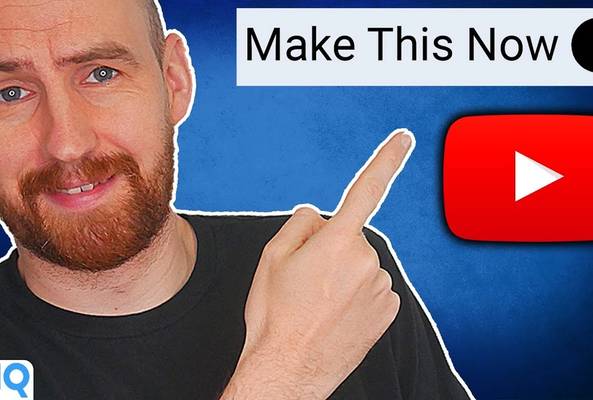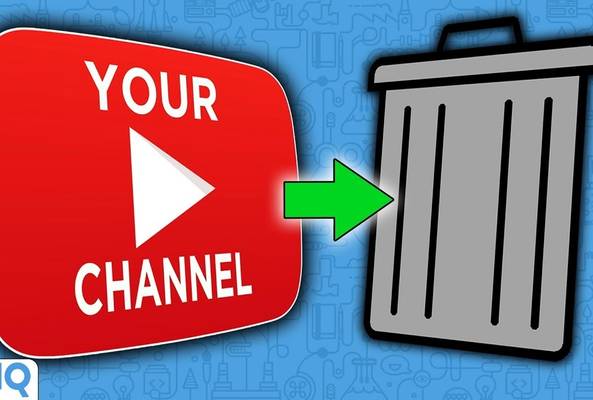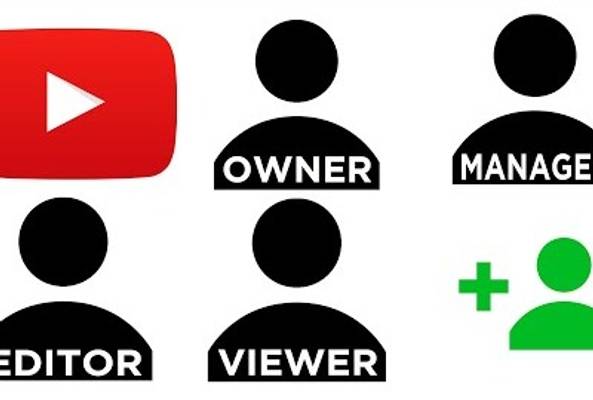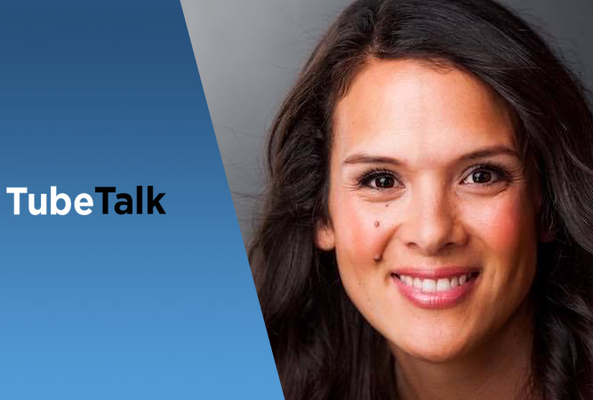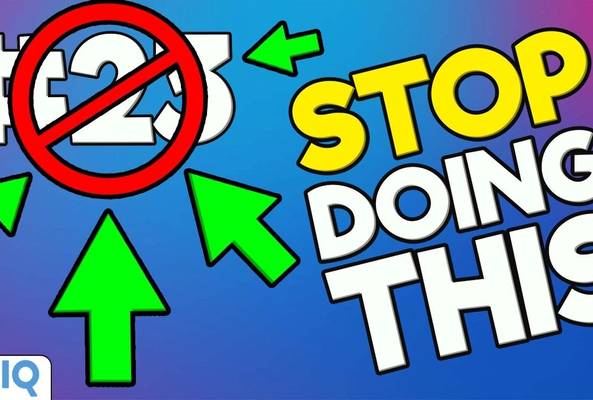A copywriter with a law degree from Rutgers, David has been transforming complex ideas into compelling content since 2015. He navigates industries from biomedical to retail with ease, making technical concepts accessible whether in detailed white papers or snappy social posts. When not writing, David can be found exploring scenic routes on his bicycle.
Should You Start a Second YouTube Channel?
The idea of starting a second YouTube channel tempts many creators. Maybe your current channel has evolved beyond its original scope, or maybe you're overflowing with ideas that don’t align with your established niche. There are plenty of reasons to consider expanding your digital presence.
But should you actually do it?
The Big Question—Should You Start a Second YouTube Channel?
Whether you want to explore a new passion or target a different audience, the appeal of a fresh start can be powerful. But managing multiple channels presents significant challenges.
Pros:
- Targeted Content and Audience: A second YouTube channel lets you serve a specific niche or audience without alienating existing subscribers. If your main channel is broad, a second can delve deeper into a particular subject.
- Experimentation and Flexibility: You can try new content formats, styles, or topics without jeopardizing your primary channel's performance.
- Diversified Income Streams: Monetizing both channels can open additional revenue opportunities.
- Brand Expansion: Multiple channels can build a broader brand presence and reach a wider audience.
- Renewed Creative Energy: A new project can reignite passion and creativity.
Cons:
- Increased Workload: This is the biggest hurdle. Double the channels often means double the work (filming, editing, optimizing, promoting, engaging, and everything in between).
- Audience Dilution: You risk splitting your audience or confusing them if the channels aren't clearly distinct.
- Potential for Burnout: Juggling multiple YouTube channels can be mentally and physically draining if not managed well.
- Slower Growth (Initially): Building a new channel from scratch takes time and effort, similar to your first.
- Resource Allocation: You'll need to divide time, energy, and potentially finances between channels.
Expanding can be rewarding, leading to new growth and creative expression. But the extra work and commitment involved is no joke.
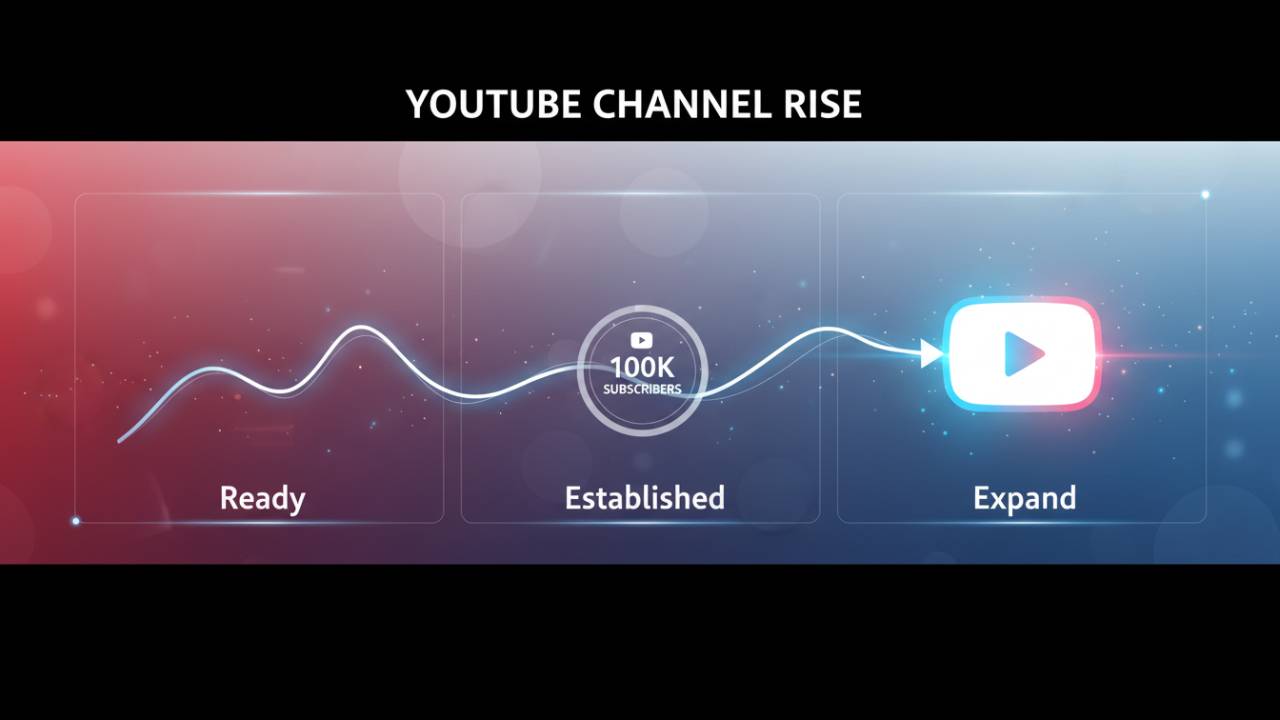
When to Start a Second YouTube Channel
Timing and honest self-assessment are crucial when it comes to starting a second YouTube channel. How do you know if you're ready?
Signs You Might Be Ready:
- Your current channel feels too broad or unfocused: If you're trying to cater to too many diverse interests under one banner, a second channel can bring necessary focus.
- You’re attracting a new audience that doesn’t fit your primary channel: If specific videos have drawn a different type of viewer whose interests don't align with your core content, a separate channel could serve them better.
- You want to experiment with a different niche or content type: If you're eager to try vlogging while your main channel is educational, or create content in another language, a second channel is a good sandbox.
- Your primary channel is well-established and relatively self-sufficient: A strong foundation, loyal community, and perhaps a support team for your first channel puts you in a better position to dedicate resources to a new venture.
- You have a distinct and well-thought-out content plan for the new channel: You need a clear vision for the niche, target audience, and content strategy.
When You Shouldn’t Expand Yet:
- You are struggling to grow your first channel: Fix that first. If your primary channel isn't meeting growth expectations or you find content creation difficult, adding another channel will exacerbate these issues. And if you find juggling content creation is slowing you down, consider using vidIQ’s AI Content Generator to streamline your process.
- You don’t have enough time to maintain two channels effectively: Be honest about your available time and energy. Each channel needs consistent effort.
- You lack a clear vision for the second channel: Don't start one just for the sake of it. Without a clear purpose, the channel will struggle.
How to Make a Second YouTube Channel
If you've decided a second channel is right, the technical process is straightforward. You can create and manage multiple channels under one Google account, typically by creating a Brand Account.
The Step-by-Step Process:
- Sign in to YouTube: Use the Google account associated with your primary channel.
- Go to Your Channel List: Click your profile picture, select "Settings," then in the "Account" section, find "Add or manage your channel(s)" or "Create a new channel."
- Create a New Channel: Click "+ Create a channel" or a similar button.
- Name Your New Channel: Enter the name for your new Brand Account channel.
- Agree to Terms and Create: Review terms and click "Create."
- Customize Your New Channel: Add a channel icon, banner, description, and start uploading.
Switching between channels is easy via the "Switch account" option under your profile picture. YouTube Studio also allows easy switching for management tasks.
Best Practices for Branding Your Second YouTube Channel
Maintaining some brand consistency is important when leveraging your existing audience because it helps them recognize and trust your new content immediately.
- Cohesive Yet Differentiated Branding: Your new channel needs a unique identity (logo, banner, voice) reflecting its niche.
- Clear Value Proposition for Each Channel: Clearly articulate the niche and content focus in channel descriptions, trailers, and intro videos.
- Cross-Promotion Strategies: Announce your new channel on your primary channel, use YouTube's "Featured Channels" section on each channel's homepage, and include links to your other channel(s) in video descriptions.
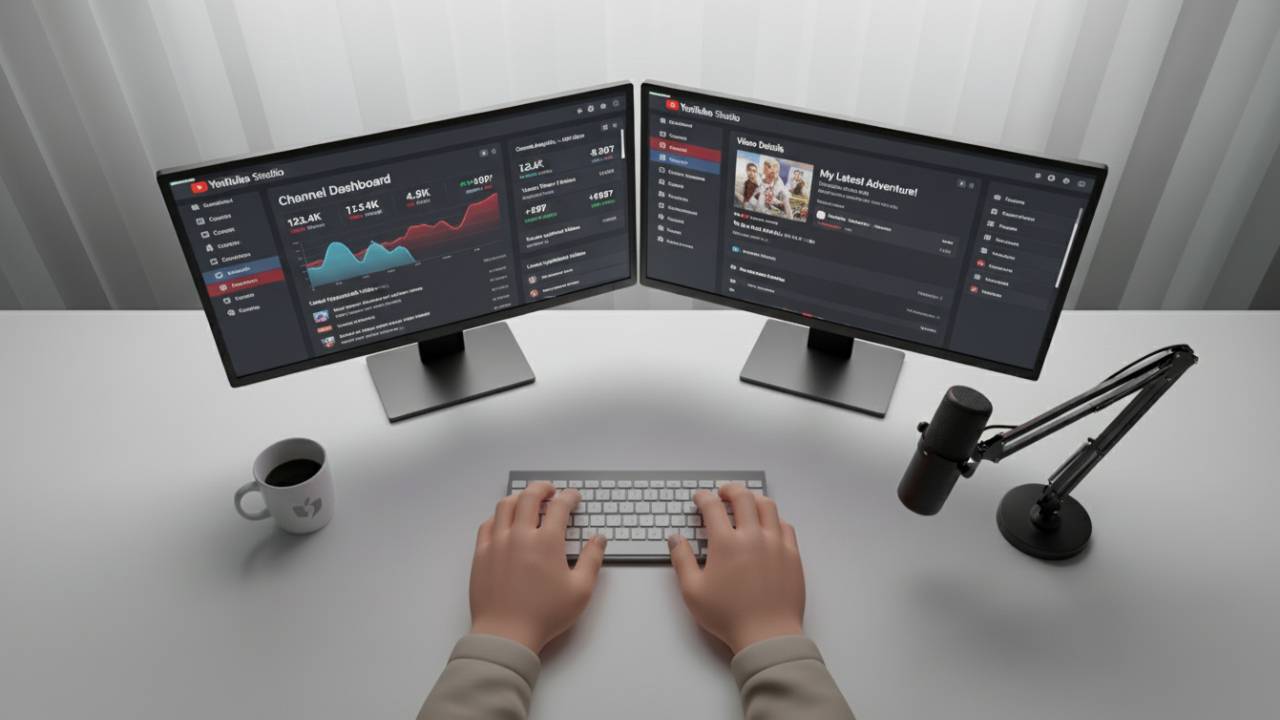
How to Manage Multiple YouTube Channels Efficiently
Creating a second YouTube channel is easy. Managing it effectively is a completely different story.
Plan Content Across Channels
- Scheduling and Balancing: Create separate content calendars, dedicate specific days/weeks for each channel, and stagger upload schedules to avoid overwhelming your audience.
- Performing Analysis: Tools like vidIQ’s Scorecard can help manage and analyze multiple channels, assisting with performance tracking and optimization.
Prepare for Monetization and Growth Strategies
There are plenty of opportunities for monetization when you’re working with multiple channels. But like your original YouTube channel, getting monetized requires going through the standard procedures:
- YouTube Partner Program (YPP): Each channel must independently meet YPP eligibility (subscribers, watch hours).
- Channel Memberships and Super Chat: Offer separate perks for distinct communities.
- Merchandise: Offer general branded or channel-specific items.
- Sponsorships and Brand Deals: Different niches attract different sponsors, broadening your appeal.
Strategies to Build a Loyal Audience for Each Channel:
- Niche Down: Clearer niches attract dedicated audiences more easily.
- Consistent Value: Provide ongoing value to viewers on each channel.
- Community Engagement: Actively engage and build communities around each channel.
- Tailored Promotion: Promote each channel where its target audience spends time.
Avoiding Burnout: Managing Your Time and Energy
Naturally, the risk of creator burnout is much higher with multiple channels. Spreading yourself too thin leads to lower quality, missed uploads, exhaustion, and lost passion.
Smart Ways to Stay Organized and Avoid Creator Fatigue:
- Set realistic expectations for upload frequency
- Prioritize high-impact tasks
- Repurpose content smartly
- Delegate or outsource (editing, management) if feasible
- Take regular breaks to recharge
Should You Take the Leap?
Starting a second YouTube channel is a major decision that offers exciting growth and creative potential. But it really only makes sense if your current channel is going strong, you have a clear idea for a new niche, and you're genuinely passionate.
If you check those boxes, then give creating a second YouTube channel a shot! And remember, vidIQ has your back if you get stuck.
FAQs
Can I have more than one YouTube channel on the same account?
Yes. You can manage multiple channels under one Google account by creating a new Brand Account for each channel. This keeps them separate while letting you switch easily within YouTube Studio.
Does having two YouTube channels hurt my main channel’s growth?
Not directly, but dividing your focus can slow progress if you don’t have time or strategy for both. Prioritize consistent uploads and clear niche separation to prevent audience confusion.
When is it a good time to start a second YouTube channel?
Start a second channel only when your main one is stable, self-sustaining, and you have a clear plan for the new niche or audience. Don’t do it if you’re still struggling to grow your first.
How can I manage multiple YouTube channels efficiently?
Use tools like vidIQ’s Scorecard and Content Generator to streamline research, scheduling, and optimization. Keep separate content calendars, and stagger upload times to maintain consistency.
Should I use the same branding for both YouTube channels?
Keep some brand consistency (like similar fonts or colors) but differentiate logos, tone, and niche to make each channel’s purpose clear to viewers and sponsors.
Can both channels be monetized?
Yes. Each channel must independently qualify for the YouTube Partner Program, reaching 1,000 subscribers and 4,000 watch hours (or 10M Shorts views in 90 days).

